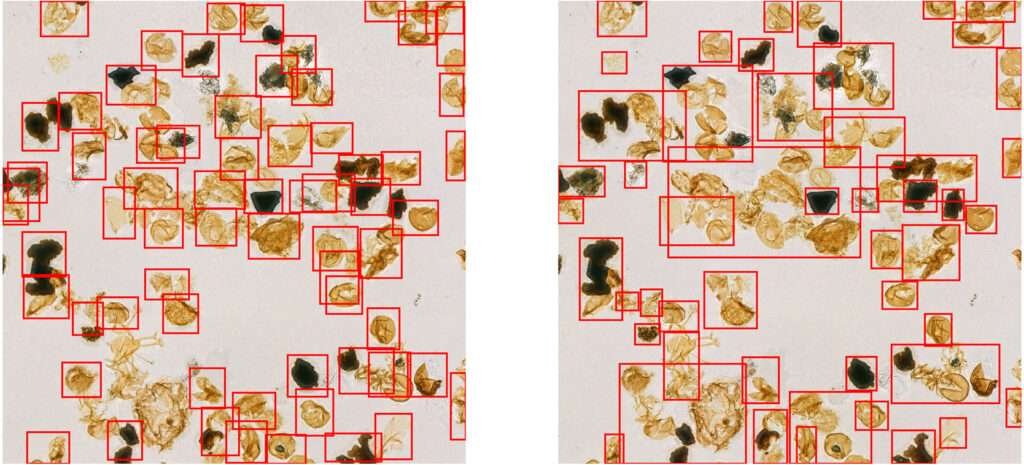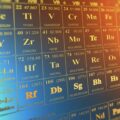Microfossils, tiny fossil fragments also known as palynomorphs that are only visible under a microscope, can be found almost anywhere on the Earth one chooses to look. Although these ubiquitous fossils play an essential role in telling the geological and organic story of Earth’s ancient past, studying them is no simple matter, mainly because there are billions of them.
Because of this, researchers are now turning to artificial intelligence for help in classifying these minuscule preserved remnants of Earth’s ancient past.
Typically ranging from 5 to 500 micrometers in size and anywhere from a couple of million years to over 500 million years old, these tiny fossils are found mostly in sedimentary rocks, making them invaluable both to geologists and paleontologists. They help determine the age of rock layers, reconstruct past environments, and understand the evolutionary history of life on Earth. For instance, the presence of certain microfossils can indicate whether a rock layer was formed in a marine or terrestrial environment, providing insights into past climate conditions and geological events. Simply put, they offer a glimpse into what a specific area was like all those years ago.
Traditionally, the classification of microfossils has been a manual, time-consuming process requiring expert knowledge, with scientists staring into a microscope or at a computer screen for hours at a time. Given the sheer volume of data—potentially billions of microfossils from numerous slides—manual classification is tedious work, and attempting to classify all these microfossils is an insurmountable and impossible task. There are just too many of them, hence the advantage of letting AI assist in that process.
Spearheaded by a team from the University of Tromsø, The Arctic University of Norway, researchers have developed a novel method to automate the classification of microfossils.
The study introduces a two-stage AI-driven pipeline to automate the detection and classification of microfossils from microscope images.
The first stage involves using a pre-trained object detection model, YOLOv5, to identify and extract individual microfossils from high-resolution slide images. This model efficiently generates bounding boxes around each microfossil, a task that would be labor-intensive if done manually.
In the second stage, the researchers employ self-supervised learning (SSL) techniques to train models that can extract features from the detected microfossils. SSL is particularly advantageous in scenarios with limited labeled data, as it allows the model to learn useful representations from unlabeled data. The study compares two SSL frameworks, SimCLR and DINO, and finds that both significantly improve classification performance.


Basically, the AI is able to differentiate between different fossils and classify them. According to the study, this method is fast and computationally light, making it feasible to process and classify millions of microfossils efficiently. This scalability is crucial for handling the vast datasets typical in geological research. Moreover, as the AI classifies more fossils, it labels them and learns from its data, continuously adding to its own knowledge base.
“This work shows that there is great potential in utilizing AI in this field,” explained Iver Martinsen, one of the study’s authors, in a press statement. “By using AI to automatically detect and recognize fossils, geologists might have a tool that can help them better utilize the enormous amount of information that wellbore samples provide.”
The ability to automate microfossil classification has profound implications for earth sciences. It can accelerate research in subsurface exploration, aiding in oil and gas exploration and carbon capture and storage projects. Moreover, the insights gained from microfossil analysis can contribute to broader scientific inquiries, such as studying past climate changes and mass extinction events. Understanding these historical patterns is essential for predicting future environmental changes and developing strategies to mitigate their impacts.
“We are very happy with our results,” Martinsen concluded. “Our model exceeds previous benchmarks available out there. We hope that the present work will be beneficial for geologists both in industry and academia.”
MJ Banias covers space, security, and technology with The Debrief. You can email him at mj@thedebrief.org or follow him on Twitter @mjbanias.

